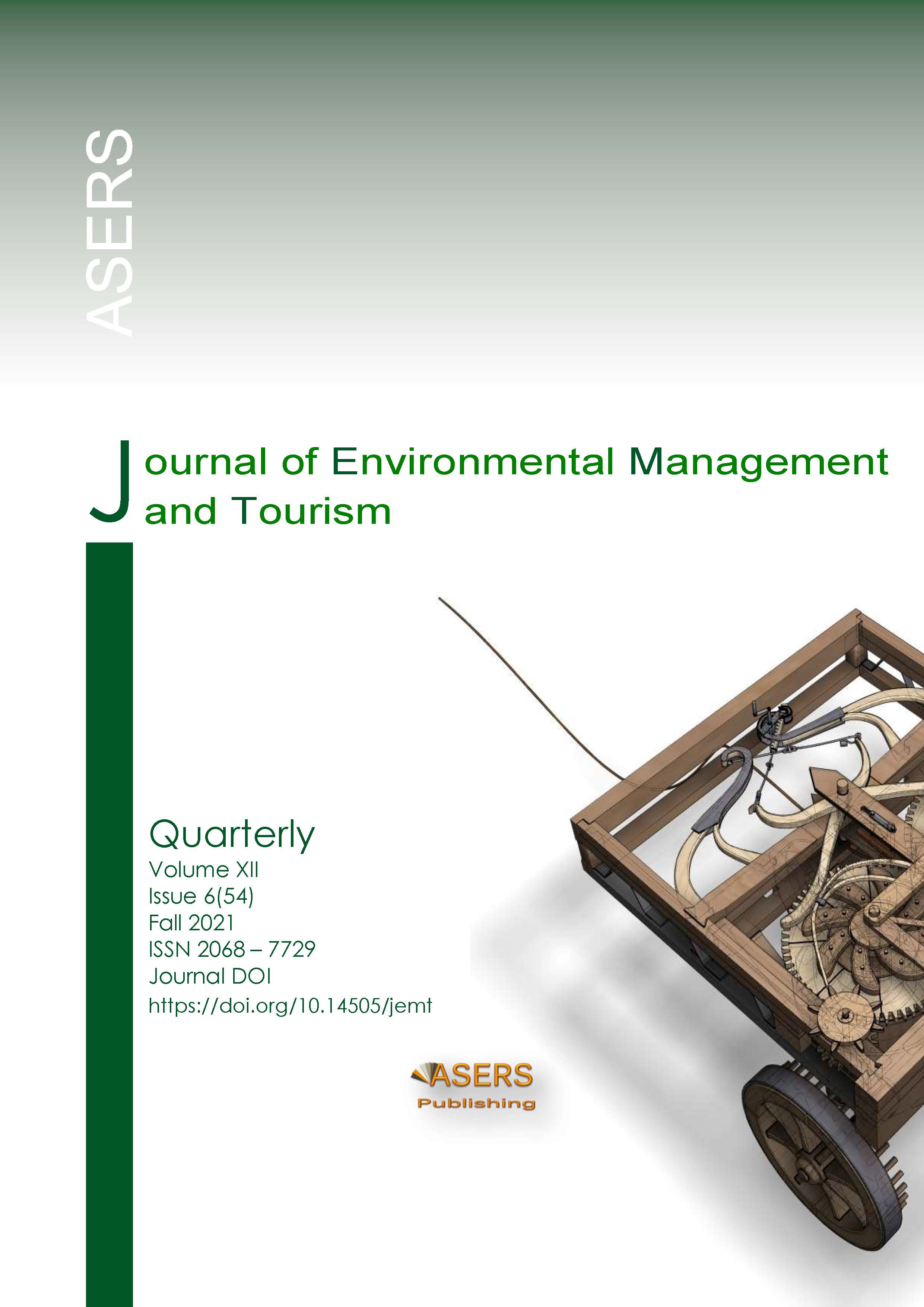Protected Forest Function Change Policy for Food Estate Land in Subang, Indonesia
Protected Forest Function Change Policy for Food Estate Land in Subang, Indonesia
Author(s): Iga Gangga Santi Dewi, Ana Silviana, Nur Adhim, Mira NovanaSubject(s): Economy, Business Economy / Management, Agriculture, Energy and Environmental Studies
Published by: ASERS Publishing
Keywords: protected forest; land function; land policy; food estate; ecological perspective;
Summary/Abstract: Protected forest is a forest area that has the main function of protecting life support systems to regulate water management, prevent flooding, control erosion, prevent seawater intrusion, and maintain soil fertility. Management of forest areas for food estate development using a mechanism to change the designation of a Food Security Forest Area (KHKP) in Indonesia is implemented based on Article 3 paragraph 2 of the Ministerial Regulation LHK 24/2020, which can only be submitted by the Government. In this case the Minister, Head of Institution, Governor, Regent/Mayor or Head of Authority Body who is specially assigned by the Government. The development of a food estate in Subang is an integrated development of food production and consists of agriculture, plantations and animal husbandry on an area of 100 hectares. This research examines the policy of changing the function of protected forests for food estate in Subang, Indonesia and food estate management. The results showed that food estate development in Subang is a food development that is carried out in an integrated manner, covering agriculture, plantations and even livestock in an area that has previously existed but in productive forests. Meanwhile, the food estate program does not only cover rice commodities, but also for others, such as corn, cassava and sago as well as livestock. Food estate projects are carried out in a sustainable manner in terms of economic, social, agrarian and ecological aspects.
Journal: Journal of Environmental Management and Tourism (JEMT)
- Issue Year: XII/2021
- Issue No: 7(55)
- Page Range: 1893-1898
- Page Count: 6
- Language: English
- Content File-PDF

